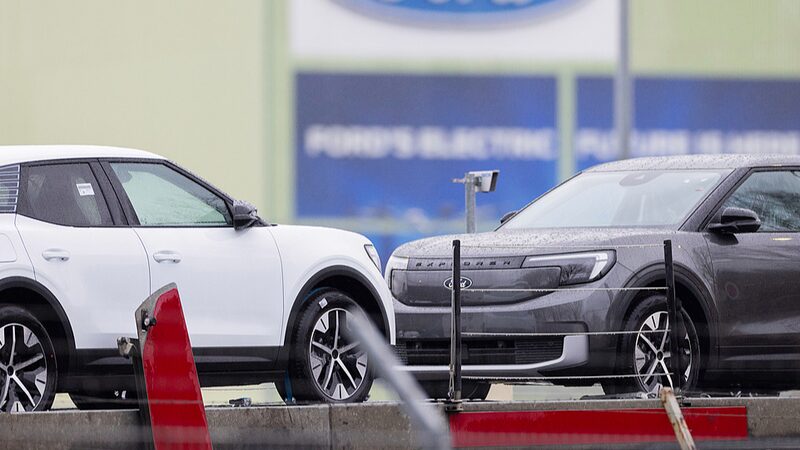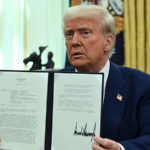In a landmark move this week, South Korea and the United States finalized a sweeping agreement blending trade reforms with enhanced security cooperation – a power combo for 2025’s geopolitical chessboard. The deal, announced November 14, follows October’s high-stakes summit between South Korean President Lee Jae-myung and U.S. President Donald Trump.
💡 Key Numbers:
– $150B: South Korea’s U.S.-approved shipbuilding investment
– $200B: Additional planned Korean investments
– 15%: New reciprocal tariff rate for key goods like autos and pharmaceuticals
While auto exporters breathe cautious relief (current 25% tariffs drop to 15%), industry experts warn the changes won’t be instant. “This is a Band-Aid, not a cure,” says Daelim University’s Professor Kim Pill-soo, noting automakers still face months of financial pressure before relief kicks in. 🚗💨
On the security front, the U.S. greenlit South Korea’s nuclear-powered submarine development while Seoul pledged $33B in support for U.S. troops and $25B for American military hardware by 2030. Defense spending will also jump to 3.5% of GDP – a clear nod to regional tensions.
Analysts call this a “strategic tango” – blending economic pragmatism with military readiness. But with auto tariffs still higher than 2024’s zero-rate paradise, South Korean manufacturers are recalculating their next moves. 📈🔍
Reference(s):
cgtn.com





